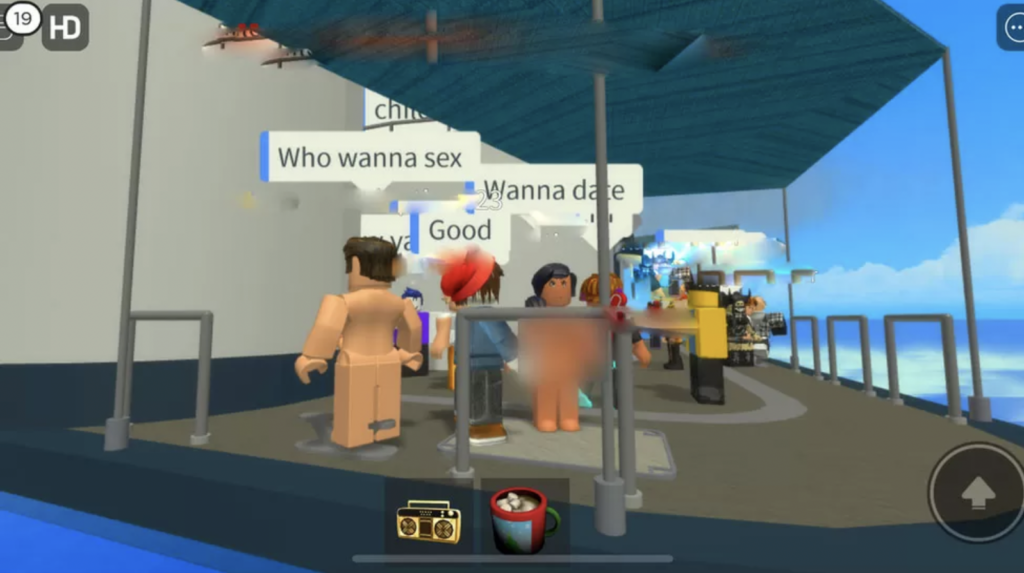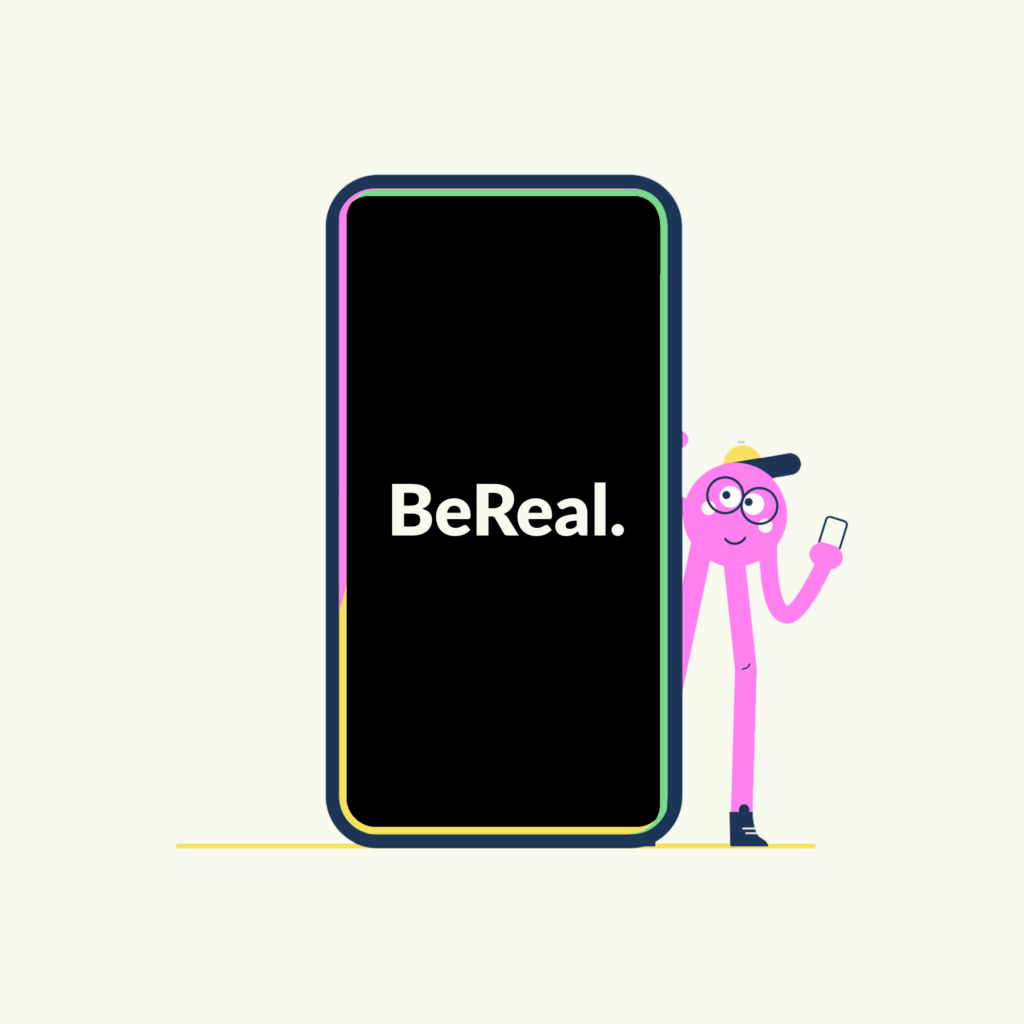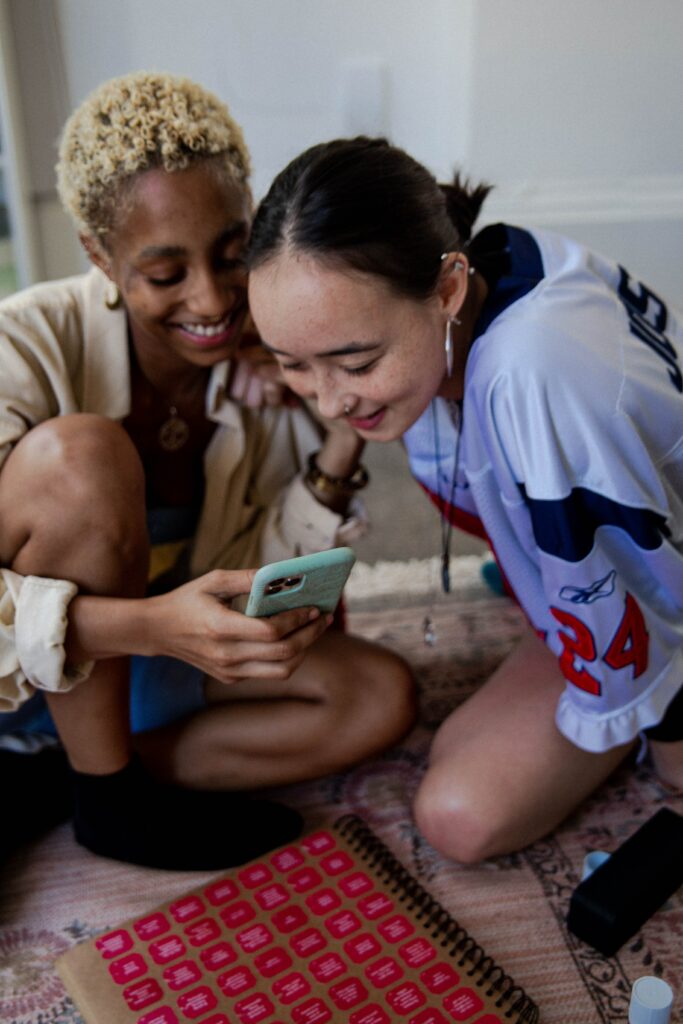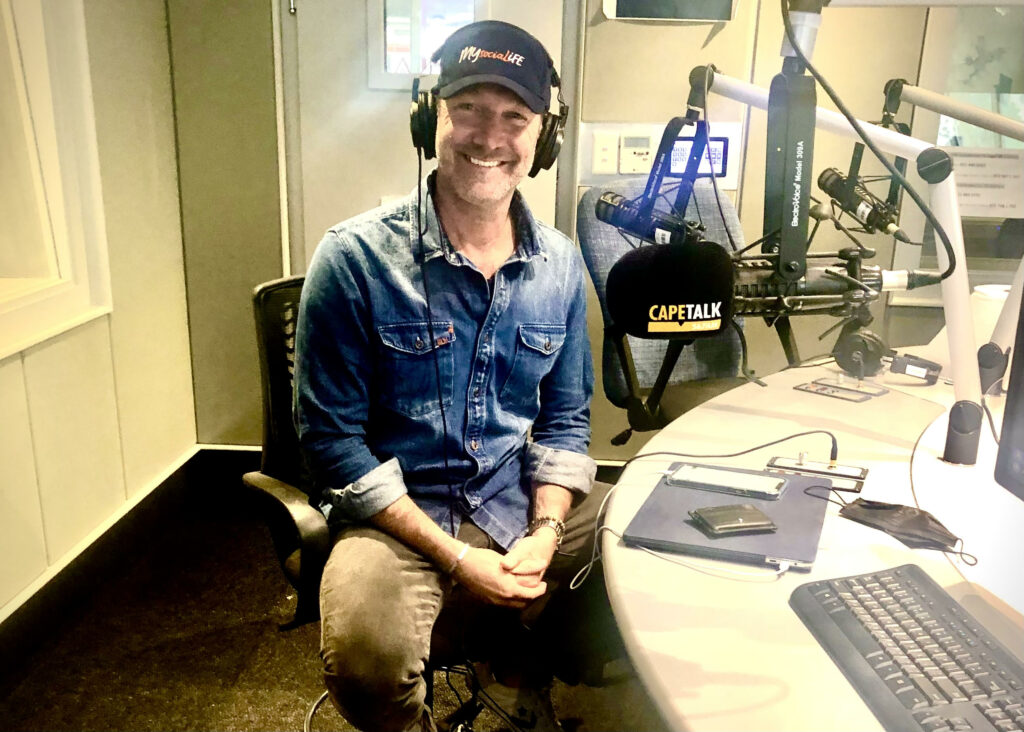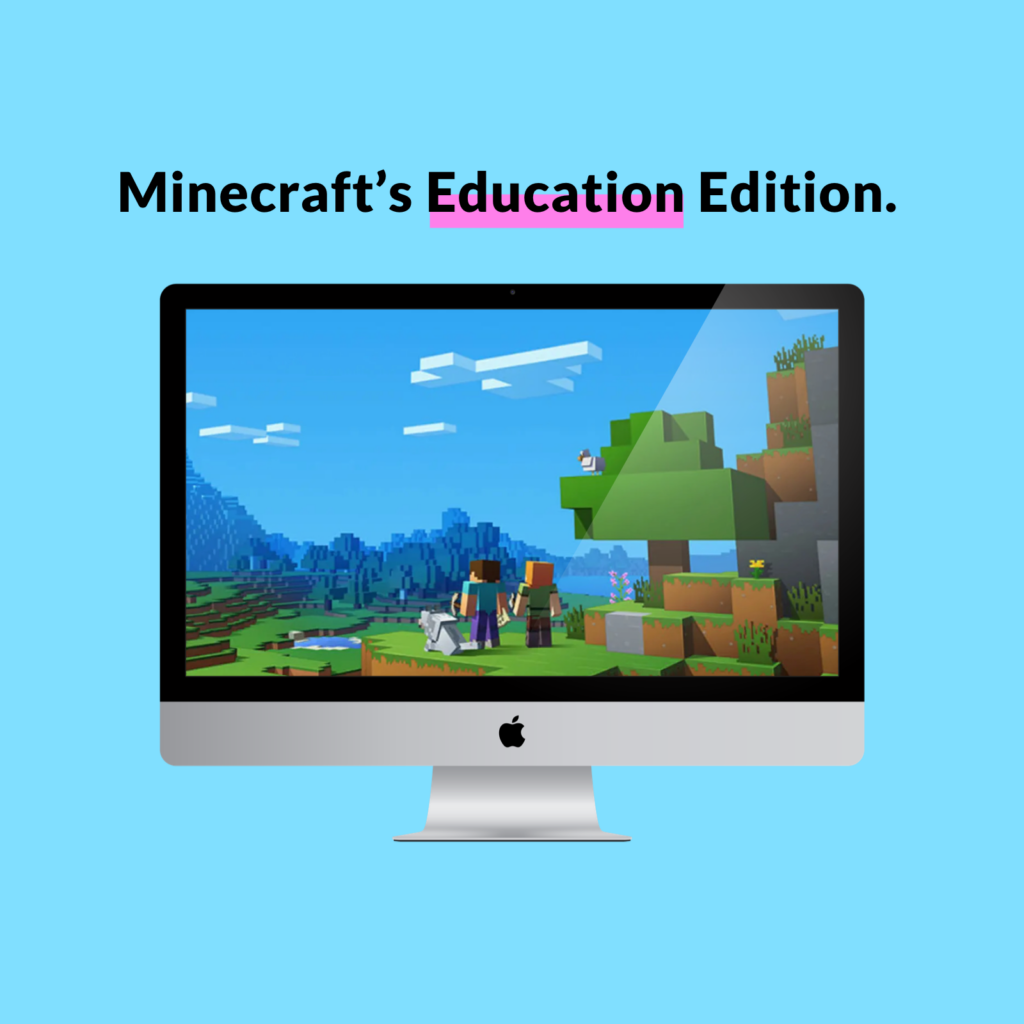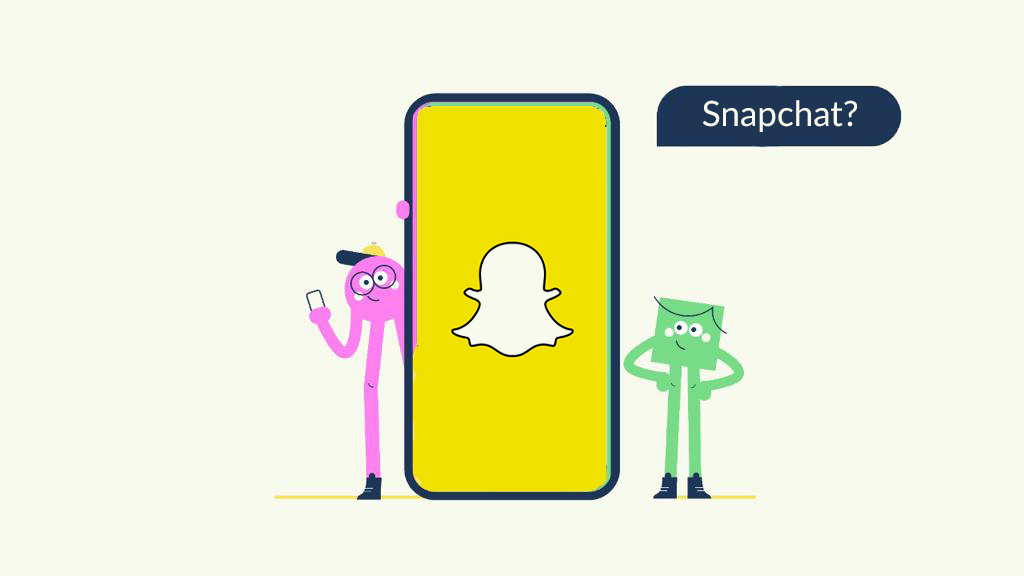Are Predators Approaching Children on Roblox?
What Parents Need to Know Child predators… Sex rooms… Gang rape? These have been some of the terrifying reports coming from parents about one of the most popular games among children — Roblox. Surely not, this is Digital Lego, to some extent, right? 63%, more than half, of Roblox users are under the age of 16, […]
Are Predators Approaching Children on Roblox? Read More »

